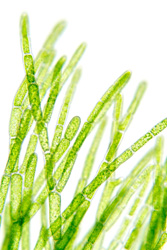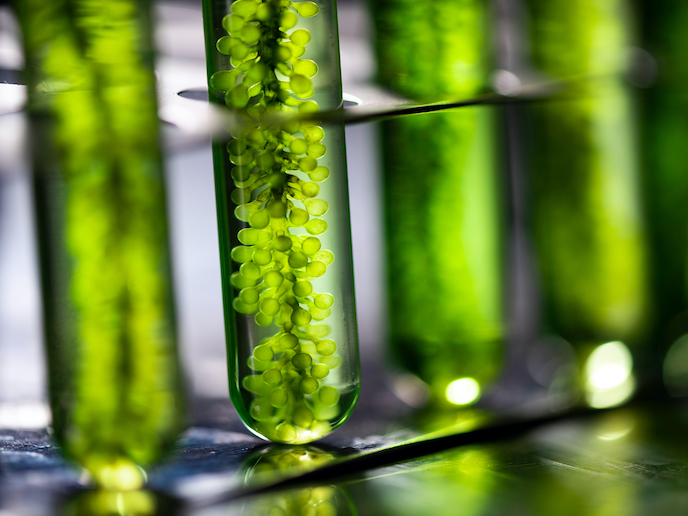Algae inspire commercial biosensors
With the advent of nanotechnology and the focus on engineering functioning systems on the scale of atoms, natural processes in living organisms provide important information regarding topics ranging from self-assembly to sensing mechanisms to catalytic processes. The ‘Synthesis and nanotechnologial application of tethered silicates’ (SANTS) project combines all of the abovementioned topics in a study to duplicate and modify the natural mechanisms in single-celled algae to self-assembly chains of silica capable of entrapping enzymes to be used in biocatalytic processes and biosensors. Biosilicates trap and immobilise enzymes with a dramatically higher efficiency than those obtained by conventional laboratory procedures and also stabilise and protect the entrapped enzymes. Thus, the process is particularly intriguing to scientists seeking to apply the mechanisms to industrially relevant nano-manufacturing. diatoms, a major group of algae, contain silica skeletons that are formed due to the activity of highly structured proteins with repetitive sequences containing phosphate groups. The activity can be mimicked by synthetic peptides (small portions of the much larger protein) and peptide mimics providing phosphate is added to the mix. the researchers built on existing knowledge regarding production of nanosilicate particles using the R5 peptide. They obtained reliable sources of pure and modified forms of the R5 peptide and then performed structure function studies. This enabled them to fully characterise the effects of the different R5 peptide structures on both nanoparticle formation and surface silication. Furthermore, they successfully employed the established methods to entrap a number of important enzymes including acetylcholinesterase and lipases. finally, the SANTS project team demonstrated the usefulness of the developed materials in the production of biocatalytic matrices and biosensors. They also went on to develop manufacturing protocols that enable reliable and reproducible deposition of nano-structured surfaces. SANTS has developed new molecular materials and manufacturing methods for biosensors and biocatalytic synthetic processes. The results have important potential impact on society by facilitating the development of new sensors for use in environmental, health and industrial applications as well as through the new stable and efficient biocatalysts that support the EU’s policy of greener chemical manufacturing.







